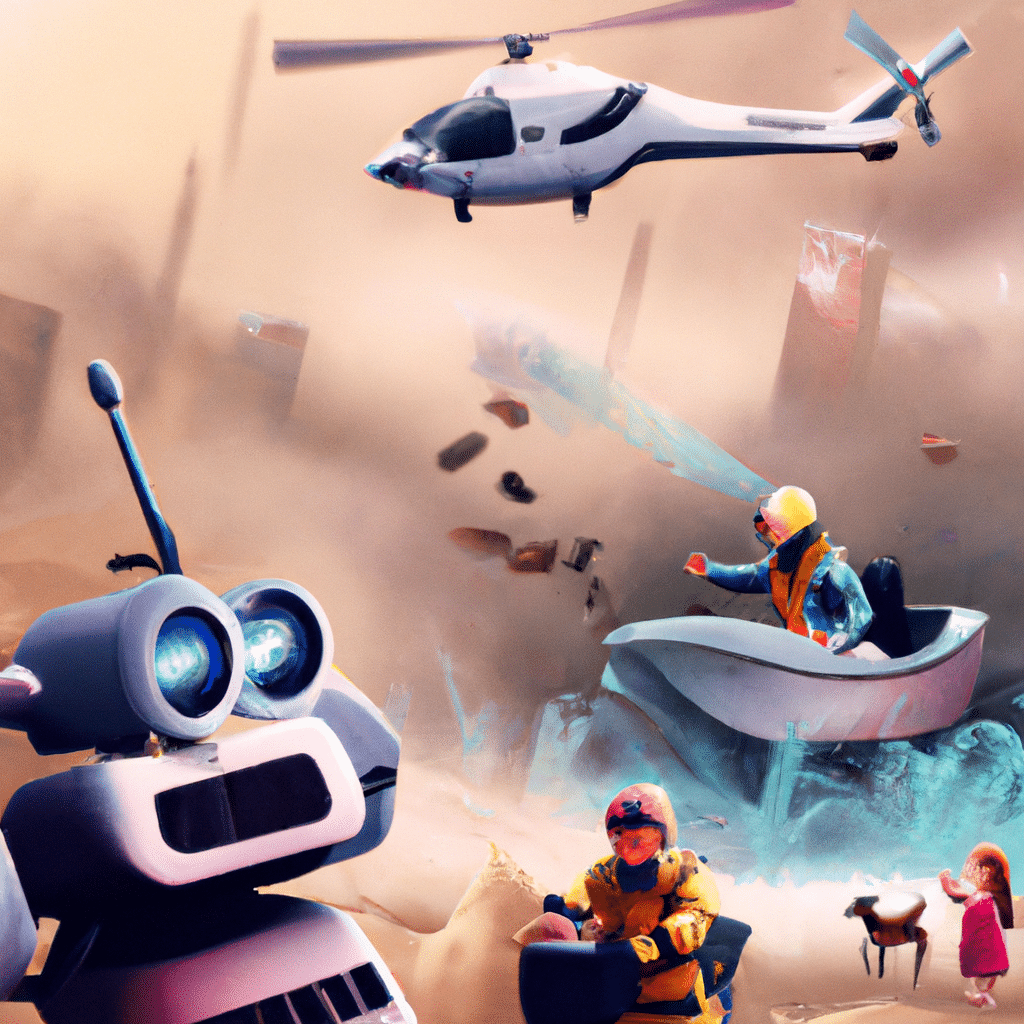The Use of AI in Disaster Response and Emergency Management
Natural disasters are a persistent threat to humanity. With climate change on the rise, communities worldwide are experiencing an increase in the frequency and intensity of natural disasters. As a result, the use of Artificial Intelligence (AI) in disaster response and emergency management has become more crucial than ever before.

Introduction
In recent years, AI has been used to improve disaster response and emergency management. AI-powered technologies can assist emergency responders in identifying and addressing emerging threats in real-time. AI can also help in predicting natural disasters, enabling communities to prepare accordingly. By using AI, we can reduce the impact of natural disasters on people and infrastructure.
How AI is Used in Disaster Response and Emergency Management
AI is used in different ways in disaster response and emergency management. One of the most common ways is through predictive analytics. Predictive analytics uses data to forecast the occurrence and impact of natural disasters. This can help in the planning of emergency responses, evacuation plans, and rescue operations.
AI-powered drones and robots are also used in disaster response. These machines can assist in search and rescue operations, assess damages, and deliver medical supplies and relief materials to affected areas. They can also be used to monitor the situation in real-time, providing first responders with critical information.
Benefits of Using AI in Disaster Response and Emergency Management
has several benefits. Firstly, AI can assist in the early detection of natural disasters, allowing communities to prepare and evacuate in time. Secondly, AI can help in the optimization of emergency responses, ensuring that resources are deployed efficiently. Thirdly, AI can assist in the assessment of damages, enabling communities to prioritize relief efforts.
Another significant benefit of using AI in disaster response and emergency management is the reduction of human risks. By using AI-powered drones and robots, first responders can access hazardous areas without endangering their lives. AI can also assist in the assessment of structural damages, ensuring that rescue operations are carried out safely.
Challenges of Implementing AI in Disaster Response and Emergency Management
While the use of AI in disaster response and emergency management has several benefits, it also presents several challenges. Firstly, AI relies heavily on data. In many developing countries, data is scarce, making it difficult to implement AI-powered solutions. Secondly, AI-powered technologies are expensive, making it difficult for low-income countries to access them. Thirdly, there is a lack of awareness of AI-powered solutions and their benefits among policymakers and emergency responders.
Conclusion
has the potential to revolutionize the way we respond to natural disasters. By using AI-powered technologies, we can reduce the impact of natural disasters on people and infrastructure. However, there are several challenges that need to be addressed before we can fully realize the benefits of AI in disaster response and emergency management. Policymakers and emergency responders need to be aware of the potential of AI-powered solutions and work towards implementing them in a cost-effective manner.












